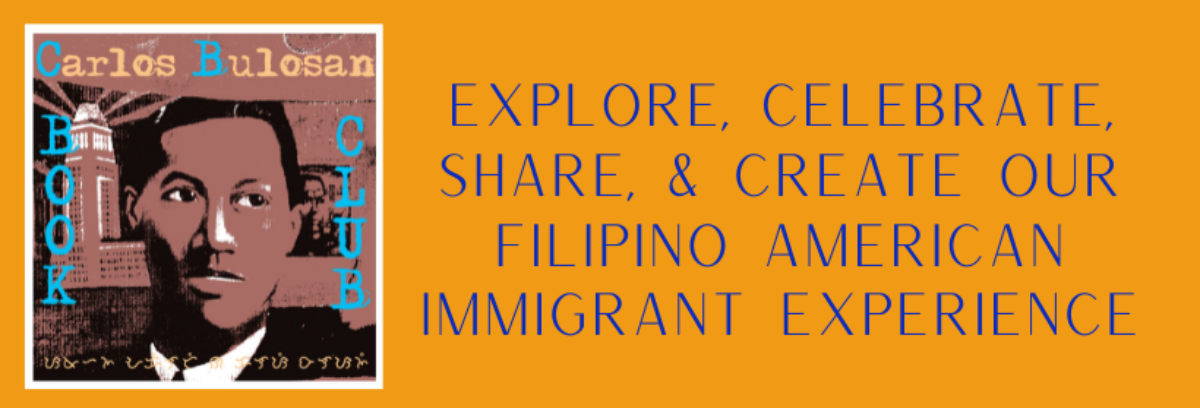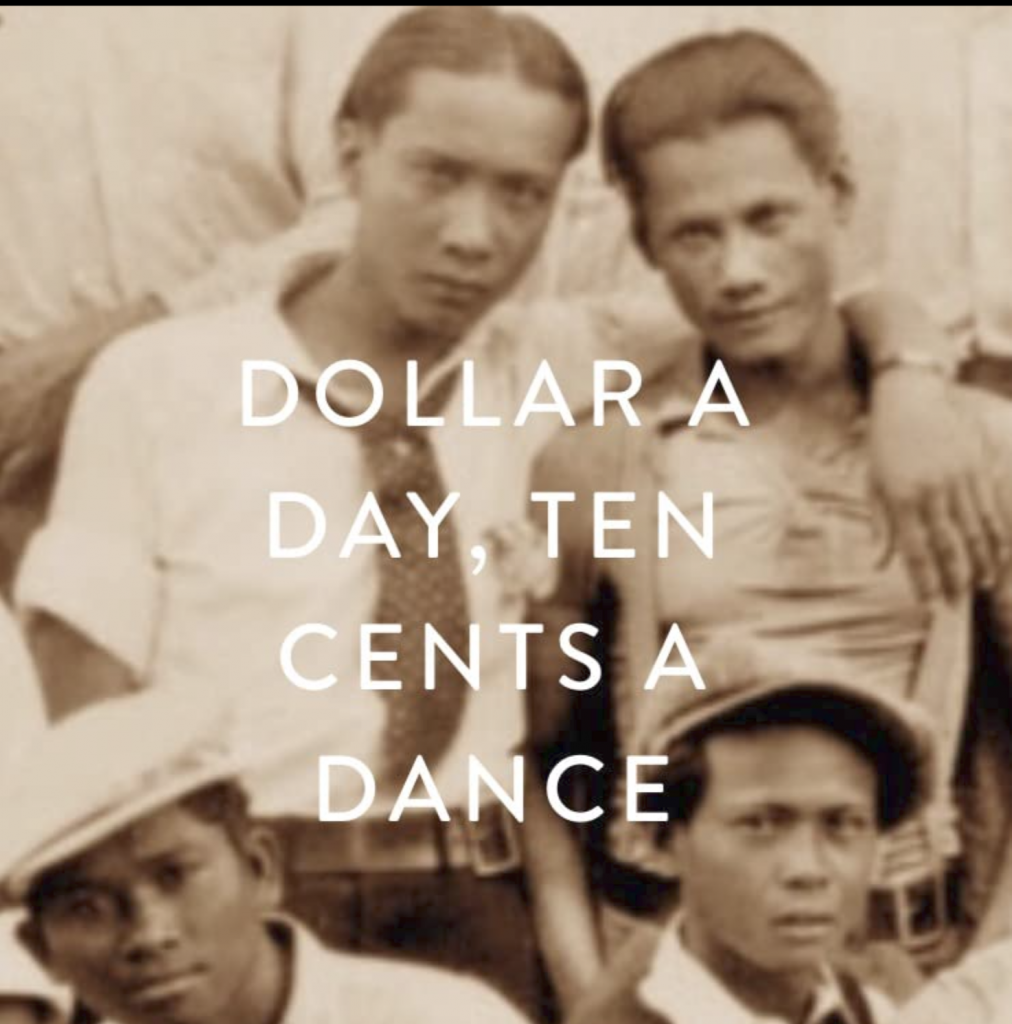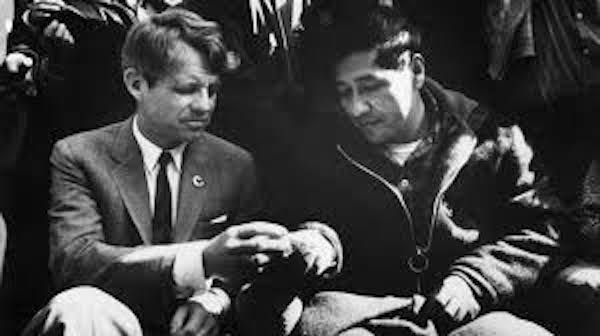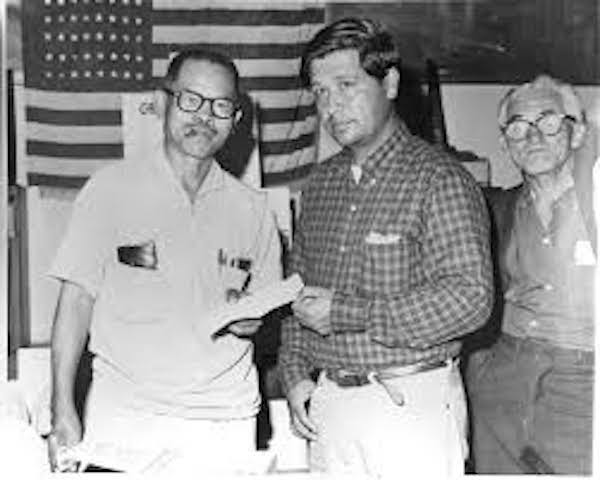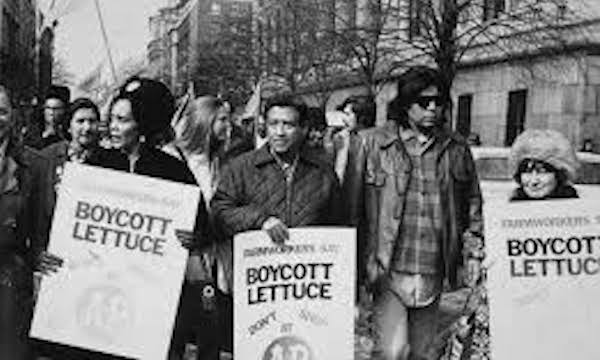Dollar a Day, 10 Cents a Dance
By Mark Schwartz
Enticed by the promise of jobs and fair wages, 100,000 Filipinos immigrated to the U.S. between 1924 and 1935 to toil on California’s farmlands and Alaska’s fish canneries. Because of the exclusion of Filipina women and U.S. anti-miscegenation laws, they survived the loneliness of racial discrimination by creating closed-knit bachelor societies where cockfights, poker games and dance halls served as their entertainment, and by entering into common law marriages.
Manong Headliners


Pablo Valdez, labor leader & organizer
Pablo Valdez
Filipino Labor Leader with ILWU and Local 37 in Seattle. He worked and organized with other labor leaders like Larry Itliong, Philip Vera Cruz, Carlos Bulosan, Ernesto Mangaoang, and Chris Mensalves.
Tribute by Pelagio Valdez (son)
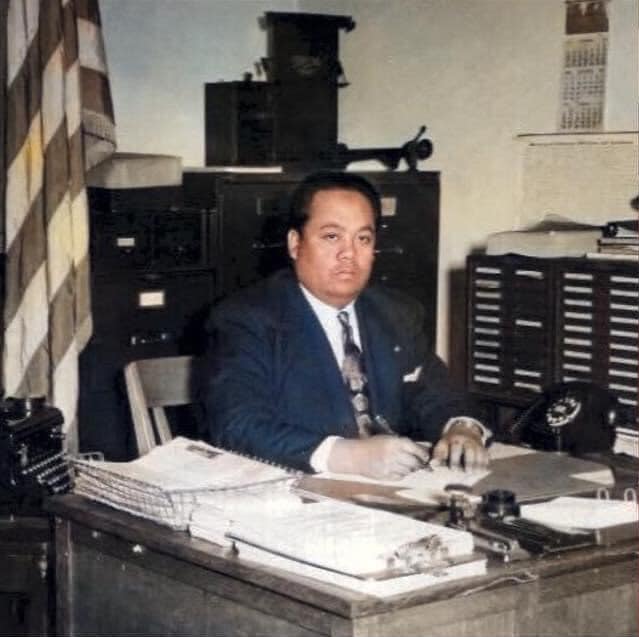
Bulosan Archives
Author, Poet, and Worker: The World of Carlos Bulosan University Libraries, UW Carlos Bulosan papers & photographs, 1914-1976,
Archive West
FBI Files on Carlos Bulosan: Freedom of Information Act
ILWU Local 37 – 1952 Year Book, Carlos Bulosan (Editor)
Carlos Bulosan Archives, Binalonan, Philippines
Carlos Bulosan Memorial Exhibit Seattle, WA
Library of Congress – Bulosan and Filipino Migration (2006)
The Legend of Carlos Bulosan – ILWU
UW Bulosan Archives – Donated by Aurelio Bulosan Family
10 Things the 1940 Census Reveals about Carlos Bulosan by M.T. Ojeda
